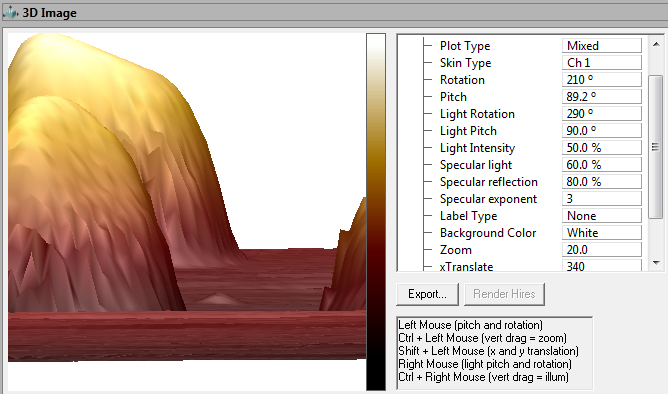Saw this movie today on the BBC news website: The World's Smallest Movie. It's made using the scanning tunnelling microscope - a close relative ('the parent') of the atomic force microscope. Each 'ball' is a carbon atom that is moved around on a copper surface. The BBC website also uses 'the diameter of a human hair', again, as a length comparison: 1000 frames (images) would span a hair's width. ~James
1 Comment
Continue to have thoughts about being able to 'walk through' microworld landscapes. AFM data lends itself to this possibility, since the image is essentially a collection of height, width and breadth (x,y,z) info. Might have words with the 3d simulation and animators within the University. It would be great to 'climb on a virus' - a variation of the BBC Walking with Dinosaurs series a while back (where University of Portsmouth made it's contribution). This may not be part of the current project, but something to think about. ~James Taking it easy in Shenandoah National Park, VA, USA, Nov 2012.
Further to my last post, the image analysis software I usually use to process AFM images could be used to generate the flythough movies. The software allows each frame of the movie to be controlled, in terms of orientation, magnification and lighting. It might take some time to produce a 1 minute movie though... By the way, liposomes, used in the example image below and taken from my lab, are a bit like sturdy soap bubbles that are being used by scientists to deliver drugs to target regions in the body. ~James
Saw this picture on facebook and it reminded me of some 'flythrough' movies of AFM images that University of Bristol did in the mid-1990s. This type of thing is possible since AFM images contain 3D info: length, width and height. Maybe there's some free software 'out there' for doing this now... will investigate. ~James Mountain Lake, Glendalough, Ireland
|



 RSS Feed
RSS Feed